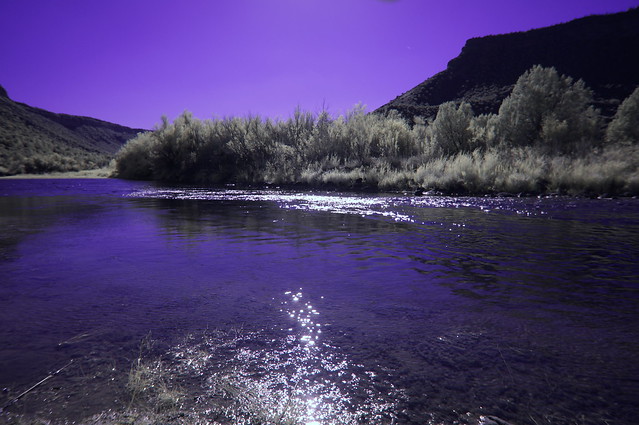Welcome to Word Buzz Wednesday, your go-to place for the most interesting words of the week. The latest: the greeting police, not that ultraviolet, don’t make yourself at home.
bonjour hi
“The unofficial greeting in the bilingual Canadian city of Montreal has long been a friendly ‘Bonjour, Hi!’”
“Canada province urges shopkeepers to stop saying ‘Bonjour-Hi’,” BBC, December 1, 2017
A motion was recently passed “mandating store clerks to greet customers only in French” and not with the French-English hybrid, bonjour hi, says the BBC. While not a law, the move, introduced by the “fiercely Francophile Parti Quebecois,” reaffirms “French as the primary language in the province, where use of English can be controversial.” Quebec’s premier “called the debate ‘ridiculous’.”
ultra violet
“The color of the year for 2018 is ‘ultra violet,’ according to Pantone Color Institute, a color consulting company that each year chooses a color that symbolizes design trends and cultural mood.”
“Pantone’s 2018 Color of the Year Is ‘Provocative and Thoughtful’,” Time, December 7, 2017
According to Leatrice Eiseman, Pantone’s executive director, ultra violet, a kind of purple, “communicates originality, ingenuity, and visionary thinking that points us towards the future.” Ultraviolet also refers to the “range of invisible radiation wavelengths from about 4 nanometers, on the border of the x-ray region, to about 380 nanometers, just beyond the violet in the visible spectrum.”
hostile architecture
“Hostile architecture is where architectural elements and the public realm are used to control human behavior.”
Andrea Lo, “The debate: Is hostile architecture designing people out of cities?” CNN, December 7, 2017
Hostile architecture, says CNN, is “a controversial type of urban design aimed at preventing people from using public spaces in undesirable ways.” Examples include “spiked or sloped benches,” “bolts installed on shop doorsteps and windowsills,” and “water features that operate at surprising intervals on flat surfaces.”
curvature blindness illusion
“In a new article published in the journal i-Perception, researcher Kohske Takahashi presents a new optical illusion, which he calls the ‘curvature blindness illusion.’ It’s pretty trippy.”
“A New Optical Illusion Was Just Discovered, And It’s Breaking Our Brains,” Digg, December 8, 2017
The curvature blindness illusion occurs when looking at a set of wavy gray and black lines against white and gray backgrounds. The curvy lines look smoother against the white background and sharper against the gray.
molly house
“A whole molly underworld found its home in London, with molly houses, the clubs and bars where these men congregated, scattered across the city like stars in the night sky.”
Natasha Frost, “How the 18th-Century Gay Bar Survived and Thrived in a Deadly Environment,” Atlas Obscura, December 8, 2017
Molly house is an old-timey term for what is essentially a gay bar. “In 18th and early-19th-century Britain,” says Atlas Obscura, “‘molly’ was a commonly used term for men who today might identify as gay, bisexual or queer.” Sometimes the term was used as a slur, and sometimes as “a more generally used noun, likely coming from mollis, the Latin for soft or effeminate.”
